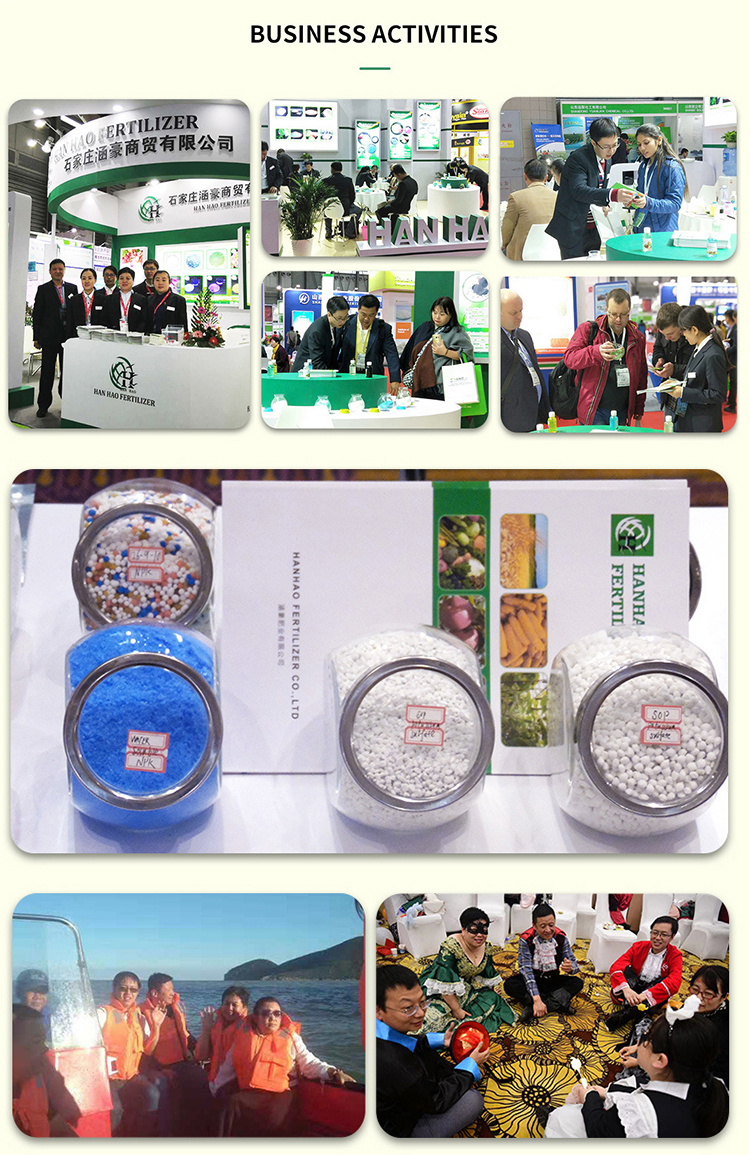
Dec . 04, 2024 12:01 Back to list
Fertilizer Blend with Balanced Nutrients 15-5-15 for Optimal Plant Growth
Understanding Fertilizer 15-5-15 A Balanced Approach to Plant Nutrition
Fertilizer plays a crucial role in modern agriculture and gardening, providing essential nutrients that plants need for healthy growth. Among the various types of fertilizers available, the 15-5-15 formulation is particularly noteworthy. This NPK ratio—15% nitrogen (N), 5% phosphorus (P), and 15% potassium (K)—offers a balanced approach, catering to the nutritional needs of a wide range of plants. In this article, we will delve into the significance of each nutrient component in this fertilizer, its applications, and best practices for use.
Understanding NPK Ratios
Before digging deeper into the specifics of the 15-5-15 fertilizer, it's essential to understand what the NPK ratio signifies. The numbers on a fertilizer bag indicate the percentage by weight of nitrogen, phosphorus, and potassium. Each of these nutrients plays a unique and vital role in plant nutrition
- Nitrogen (N) This nutrient is primarily responsible for promoting leaf and stem growth. It is a crucial component of chlorophyll, the molecule that plants use to convert sunlight into energy through photosynthesis. High nitrogen levels are particularly beneficial for leafy vegetables and plants where foliage is the primary focus.
- Phosphorus (P) While phosphorus is present in smaller quantities, it is essential for root development, flower formation, and fruit production. It contributes to energy transfer within the plant, as it is a key component of ATP (adenosine triphosphate), the energy currency of cells. Phosphorus is especially important during the early stages of plant growth and when plants are flowering or setting fruit.
- Potassium (K) Potassium helps with overall plant health by regulating various physiological processes, including water uptake and enzyme activation. It strengthens plant cells, enhances disease resistance, and improves drought tolerance. Potassium is vital for both flower and fruit quality, making it essential for fruiting plants.
Applications of 15-5-15 Fertilizer
The 15-5-15 fertilizer is versatile and suitable for various applications
1. Vegetable Gardens The higher nitrogen content encourages lush, green growth, making it ideal for leafy vegetables such as lettuce, spinach, and cabbages. The balanced potassium level benefits fruit-bearing vegetables like tomatoes and peppers.
2. Flower Beds This fertilizer can be particularly effective for flowering plants, as the adequate phosphorus supports vibrant blooms and strong root systems.
fertilizer 15-5-15

3. Lawns In lawn care, a 15-5-15 formulation promotes vigorous grass growth and enhances the lawn’s resistance to diseases and environmental stress.
4. Container Plants For potted plants, the balanced nutrient availability ensures that they receive adequate nutrition throughout the growing season, which is crucial given the limited soil volume in containers.
Best Practices for Using 15-5-15 Fertilizer
To maximize the benefits of 15-5-15 fertilizer, consider the following best practices
1. Soil Testing Before applying any fertilizer, it's wise to perform a soil test. This will provide insights into existing nutrient levels and pH, allowing for more targeted applications.
2. Follow Application Rates Always adhere to the recommended application rates provided on the fertilizer packaging. Over-fertilizing can lead to nutrient leaching, environmental harm, and plant stress.
3. Timing Apply fertilizer at the right time in the plant's growth cycle. For most vegetables and flowering plants, early spring is an optimal time for application, while a mid-season boost may be beneficial for long-season crops.
4. Watering After application, ensure that plants receive adequate water. Water helps to activate the fertilizer, making nutrients available for plant uptake.
5. Observe Plant Response Monitoring the growth and health of your plants after fertilization is crucial. Adjust your approach based on their response, and be prepared to modify nutrient applications as needed.
Conclusion
The 15-5-15 fertilizer provides a balanced nutrient profile that supports various types of plants, making it a valuable addition to any gardener's arsenal. By understanding the roles of nitrogen, phosphorus, and potassium, and employing best practices in fertilization, gardeners can foster robust plants that not only thrive but also contribute to a lush and productive garden. Whether for vegetable production, ornamental gardening, or lawn maintenance, this fertilizer stands out as a reliable choice to meet plant nutritional demands effectively.
-
Organic 10-10-10 Fertilizer: Balanced NPK for Healthy Plants
NewsAug.27,2025
-
10 10 10 Organic Fertilizer: Balanced NPK for Healthy Plants
NewsAug.26,2025
-
Organic 10-10-10 Fertilizer: Balanced NPK for Healthy Plants
NewsAug.25,2025
-
Premium 15-30-15 Granular Fertilizer for Vigorous Growth
NewsAug.24,2025
-
Organic Amino Acid Fertilizer for Plants | Boost Growth & Yield
NewsAug.23,2025
-
Calcium Ammonium Nitrate (CAN) White Granular Agriculture Fertilizer
NewsAug.22,2025
